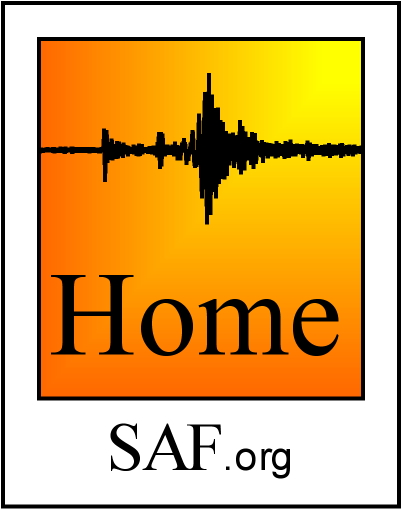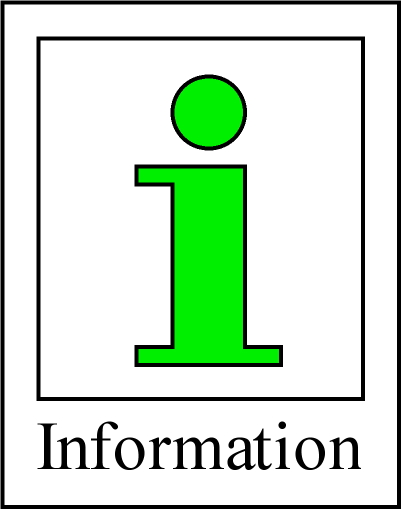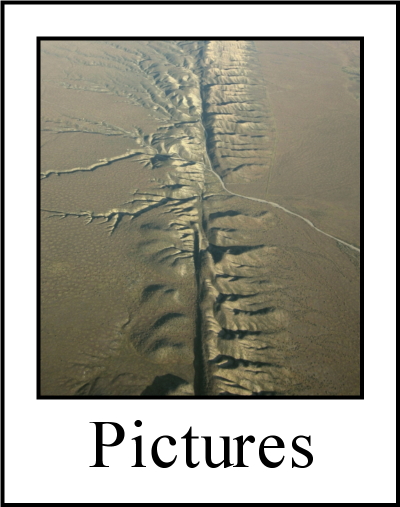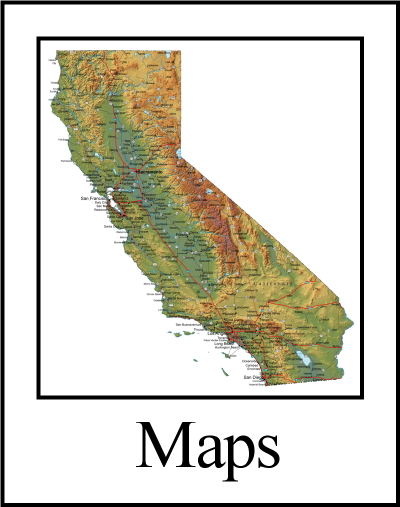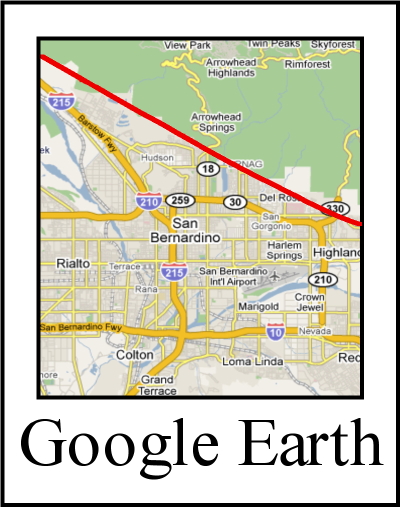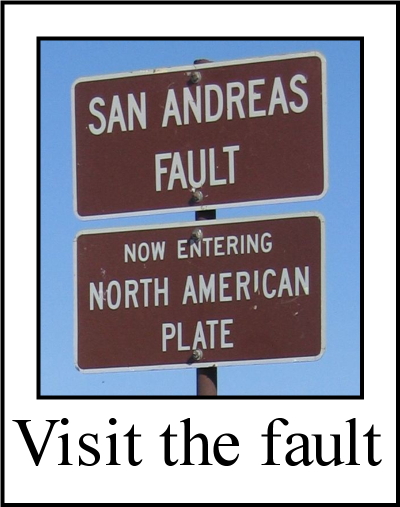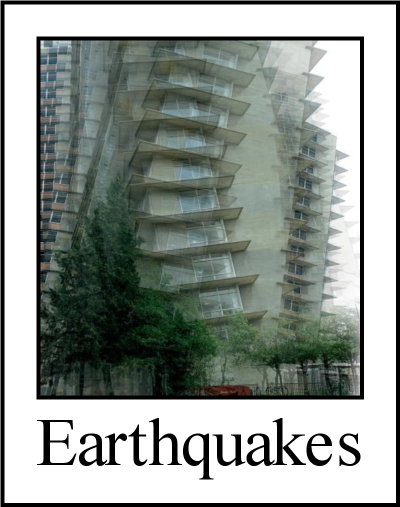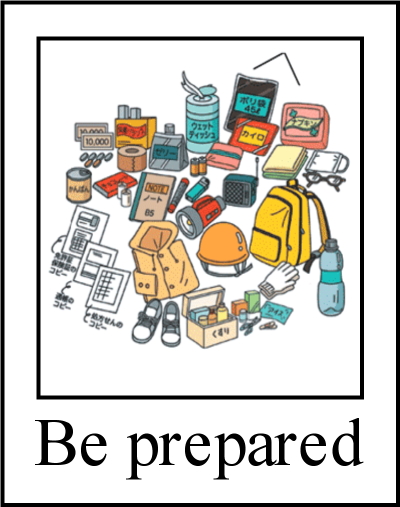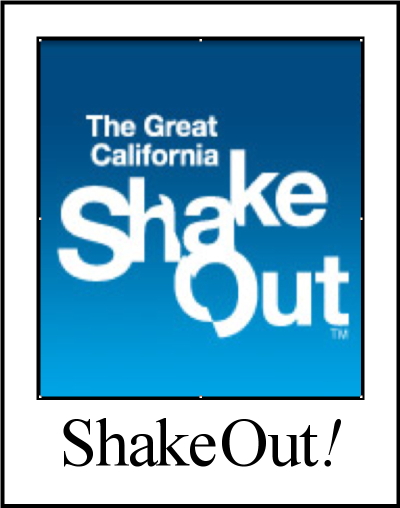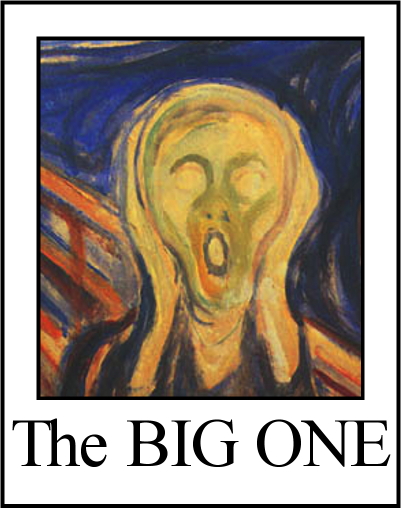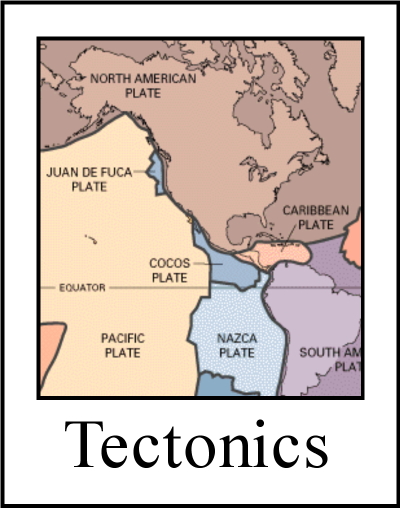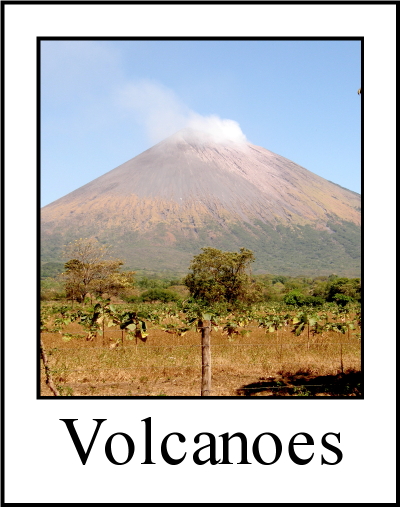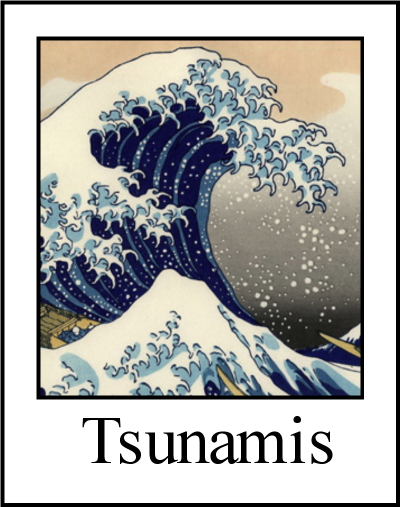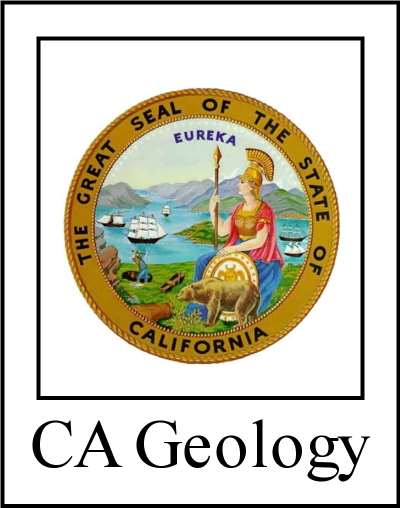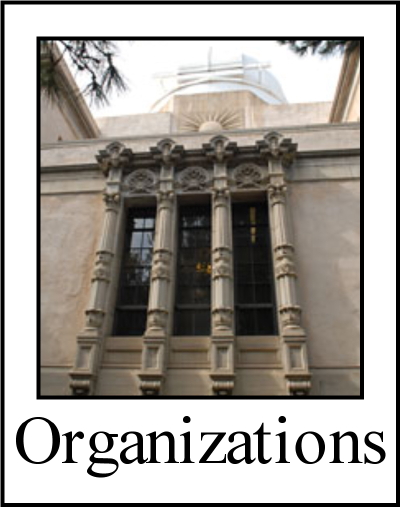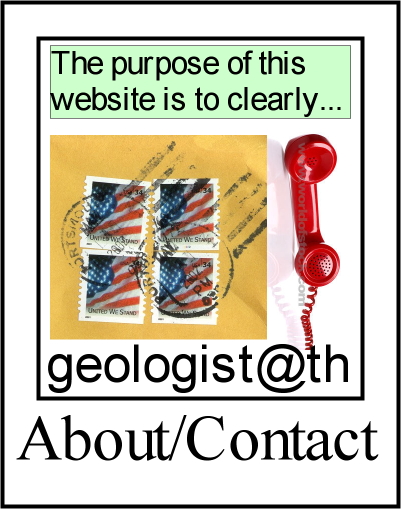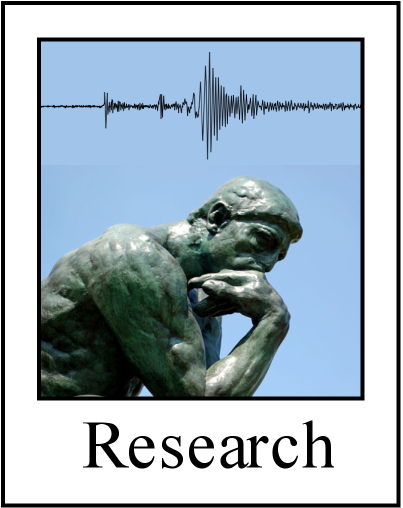Home Information Pictures Maps Google Map Visit the fault Earthquakes Be Prepared ShakeOut! Feel it?
Big One Tectonics Volcanoes Tsunamis California Geology Myths Organizations Links About Research

The San Andreas fault's nick name is "SAF".
History
History of the San Andreas Fault, Gaspar de Portola, Andrew Lawson, Alfred Wegener and Harry Hess
|
|
Like countless others, Alfred Wegener noticed that the west coast of Europe and Africa had more-or-less the same shape as eastern North and South America. It was as though they were once together and had been pulled apart, the gap being filled by the Atlantic Ocean. Though trained as an astronomer and working as a meteorologist, Wegener visited the Atlantic shores and found that rocks and fossils on one side of the ocean matched those on the other side. Wegener proposed that the continents were drifting apart. He was roundly damned by geologists as an outsider and ignored. But the idea took root and evidence of shifting continents slowly accumulated. Of particular note was the discovery of alternating magnetic field alignments in sea floor rocks near what are now called spreading centers, like the Mid-Atlantic Ridge. In 1960, Harry Hess and Robert Dietz put the pieces together and showed that Wegener was right, placing the idea of plate tectonics on firm ground. Hess's (and others) unifying work proved to be one of the most important concepts in geology because it explained so many things: sea floor spreading, mountain building, the distribution of volcanoes and earthquakes and how they are related, fault motions and much more. The San Andreas Fault received its name from Andrew Lawson after the 1906 earthquake. He named it for San Andreas Lake, a (now) man-modified sag pond in San Mateo county through which the fault passes. The lake was named by Gaspar de Portola in 1769 who camped near the (then) small body of water (See etymology link below). The earliest documented record of an earthquake comes from China, in 1831 BC from the Shandong province. The most complete historical records also come from China, starting in 780 BC during the Zhou Dynasty in China. |
History of the Earth
Geologic history of the San Andreas Fault system
Historic earthquakes in the world
Historic earthquakes in California
California earthquakes greater than M=5.8 since 1769
History of plate tectonics
History of seismometry
History of seismology
More about Wegener
Please help us make this site better. Email us suggestions, pictures, links, etc. here.
Copyright � 2009, 2010 David K. Lynch. All Rights Reserved.
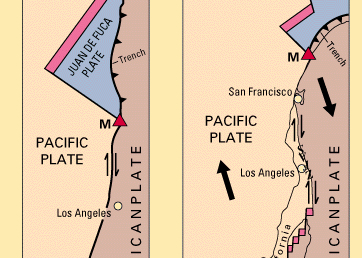
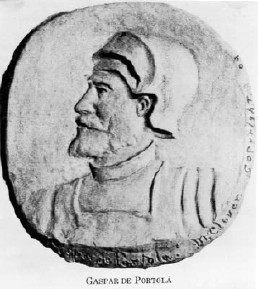


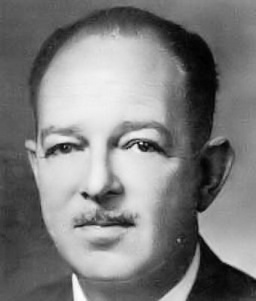
 The San Andreas fault is about 28 million years old. Back then, California didn't exist, at least not recognizably so. Bits and pieces could be found scattered around the western edge of North American, which at the time ended at the Pacific ocean lapping the shores of central Utah and Arizona. Other parts were volcanic islands in the eastern Pacific. Most of what was to become California was either under the ocean or still being created beneath western North America. Thirty millions years ago seems like a long time but in
The San Andreas fault is about 28 million years old. Back then, California didn't exist, at least not recognizably so. Bits and pieces could be found scattered around the western edge of North American, which at the time ended at the Pacific ocean lapping the shores of central Utah and Arizona. Other parts were volcanic islands in the eastern Pacific. Most of what was to become California was either under the ocean or still being created beneath western North America. Thirty millions years ago seems like a long time but in 